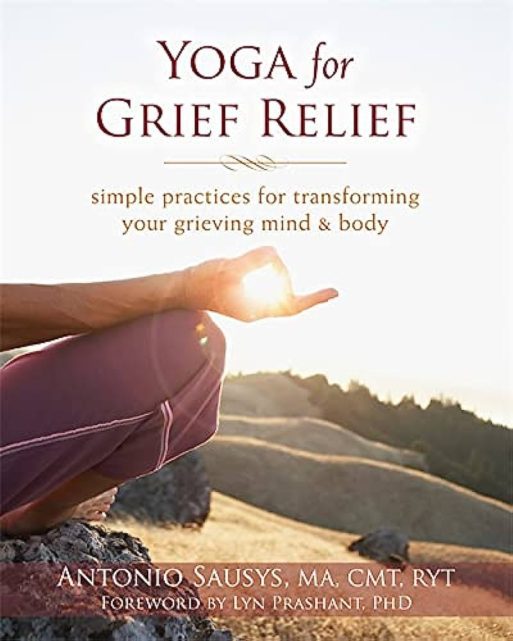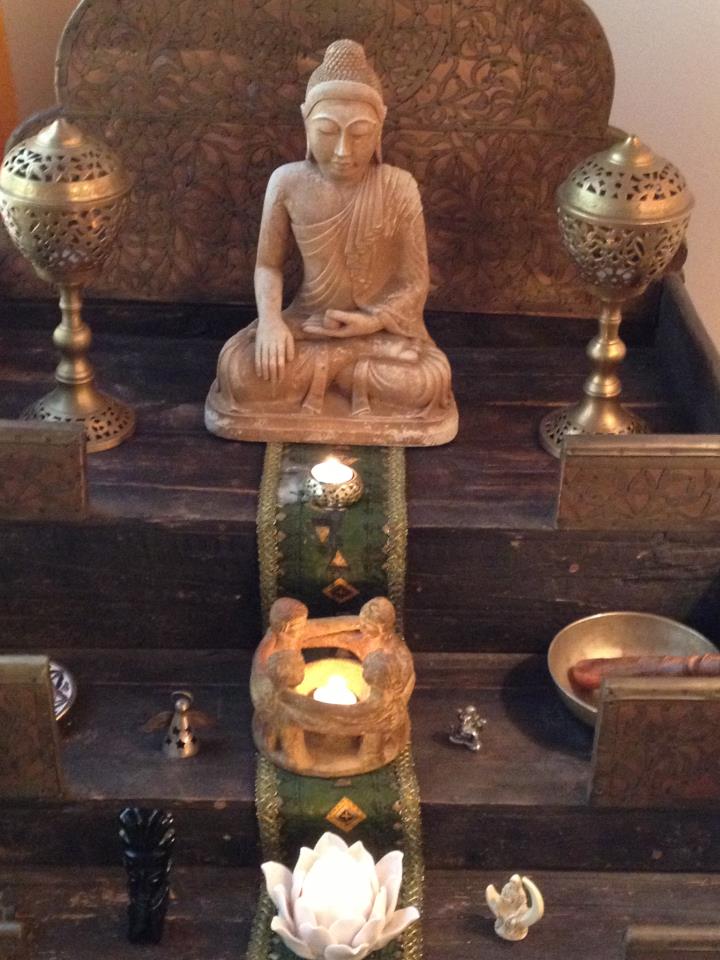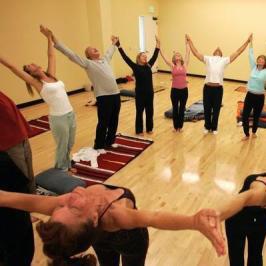 My timing to review this book could not have been better. I experienced my second-ever difficult trauma a few months ago and I’ve been in full grieving mode. Not only am I dealing with intense bouts of anger (visions too awful to describe) and racked nerves, but my body also feels strangely unsettled in a way I have never experienced before. Through all of this, the positive has been I’m back at lifting weights again. Still I can tell I needed more for my body so I grabbed Antonio Sausys’ new book Yoga for Grief Relief, simple practices for transforming your grieving mind and body. Now I will admit I have never tried yoga, but intuition told me that the impact of the heavy weights combined with the heavy weight of my grief – well my body was screaming for help and yoga sounded perfect.
My timing to review this book could not have been better. I experienced my second-ever difficult trauma a few months ago and I’ve been in full grieving mode. Not only am I dealing with intense bouts of anger (visions too awful to describe) and racked nerves, but my body also feels strangely unsettled in a way I have never experienced before. Through all of this, the positive has been I’m back at lifting weights again. Still I can tell I needed more for my body so I grabbed Antonio Sausys’ new book Yoga for Grief Relief, simple practices for transforming your grieving mind and body. Now I will admit I have never tried yoga, but intuition told me that the impact of the heavy weights combined with the heavy weight of my grief – well my body was screaming for help and yoga sounded perfect.
It captured my mind so as to gently guide me on an unexpected journey towards healing.
When I cracked his book, I expected the illustrations of yoga grief relief movements (and yes ones of Antonio himself), but I had not anticipated such a well-written and researched book. It captured my mind so as to gently guide me on an unexpected journey towards healing. I must mention the foreword by the amazing Lyn Prashant who developed “degriefing.” If you do not know of her work, be sure to check out our interview with her below. “Grief turns us inside out and upside down and so does yoga,” she describes it as “a way of self-love and love for all.” I was up for some self-love and for releasing grief in both my body and mind per Antonio’s words and movements.
Like a cup of soothing hot tea, I slowly sip his teachings page by page.
 Antonio approaches practicing yoga for grieving as “transforming grief from a painful experience into a conscious source of self-knowledge” through a “six-part sequence: breathing exercises, body movements, cleaning techniques, relaxation, mental reprogramming, and meditation.” He keeps reminding us that he’s not demonstrating how “to get over grief” but to “help normalize your grief” that what you feel is OK, not abnormal. As I read these words, I know instinctively I love the road he’s taking me down and I trust his advice. Then I read how a lot of grieving people say “I feel as if I am going crazy!” and no kidding my mind is so in coping mode that I grab Antonio’s hand via words and give him my full attention. He’s completely correct: grief is all about the human heart and mine is in constant pain. Like a cup of soothing hot tea, I slowly sip his teachings page by page.
Antonio approaches practicing yoga for grieving as “transforming grief from a painful experience into a conscious source of self-knowledge” through a “six-part sequence: breathing exercises, body movements, cleaning techniques, relaxation, mental reprogramming, and meditation.” He keeps reminding us that he’s not demonstrating how “to get over grief” but to “help normalize your grief” that what you feel is OK, not abnormal. As I read these words, I know instinctively I love the road he’s taking me down and I trust his advice. Then I read how a lot of grieving people say “I feel as if I am going crazy!” and no kidding my mind is so in coping mode that I grab Antonio’s hand via words and give him my full attention. He’s completely correct: grief is all about the human heart and mine is in constant pain. Like a cup of soothing hot tea, I slowly sip his teachings page by page.
Since I’m learning more and more about grief as I develop SevenPonds, I was impressed with his introduction of how grief is viewed today. Through a “road map” he exposes the beliefs of many well respected experts, such as J. William Worden, John Bowlby and Mary Ainsworth to name a few. When I reach the section on “attachment” regarding how our relationship to our parents as children impacts our love relationships as adults, this book hits a nerve. I come to understand my grief experience in a new intimate, painful yet less painful way.
While I had had it many times before, I had an unforgettable experience as if someone opened a dam in my wrists allowing a toxic river of stress to flow out of me.
If you’re not open to chakras, then this book will not be for you. I had an intense stress experience two years ago and a friend who survived breast cancer said, “Go get acupuncture!” While I had had it many times before, I had an unforgettable experience as if someone opened a dam in my wrists allowing a toxic river of stress to flow out of me. I was profoundly awed by the experience. Be it acupuncture, reiki, chakras or some of the other alternative approaches, these are all sadly looked down upon by science. I believe as we move away from our established “male-dominated thinking” examination of the world and we will come to understand the connections between mind and body, our belief of science will expand in unexpected ways. I agree with Antonio that “mental conflicts are expressed in the body, often through muscular or nervous tension, and how this mechanism could be intended to protect the consciousness from accessing psychic content associated with these areas.” Chakras are just another word for getting in touch with connecting your mind to certain parts of the body.
I took out my yoga mat and spent time working through some of the positions. I actually would have loved to have had them in some sort of flip cards to prop up while I try the movements. I rather wish the printing quality was better, but then it is a large format paperback serving its purpose. Quite frankly, I learned so much I don’t know where to begin or end except to suggest you get yourself a copy too. I have not gotten through all of the positions he suggests, but then my grief is not going away too soon either – just “bringing calm to my scattered mind and distressed body” is the road to healing. Antonio leaves us with “We don’t get over our losses, we transform our relationship to them.”
With so many books about how to grieve on the shelves, I must extend a thanks to Antonio for this book that seems so obviously needed.

 ”Yoga for grief Relief” by Antonio Sausys
”Yoga for grief Relief” by Antonio Sausys



 How Dare You Die Now!
How Dare You Die Now!
 Debating Medical Aid in Dying
Debating Medical Aid in Dying
 “Help Me, Helen”
“Help Me, Helen”














